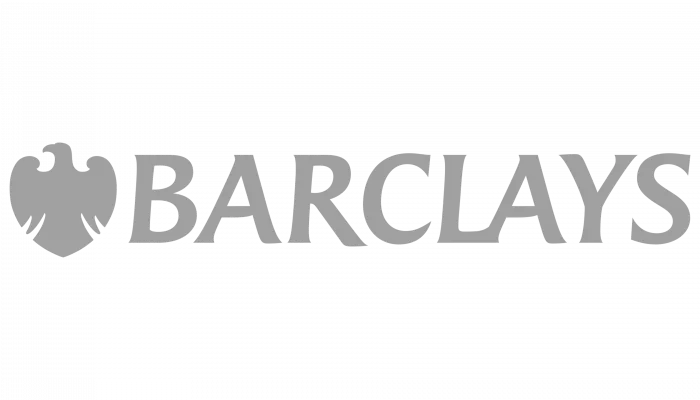Two years ago the Government launched the first phase of it’s "Help to Buy" scheme, which has now seen more than 80,000 borrowers purchase a home.
Through the first phase of Help to Buy, (let’s call it H2B1), the Government provides an equity loan worth up to 20 per cent of the value of a new build home, interest free for the first 5 years, which can be repaid at any time or when the home is sold, with the borrower putting up a 5 per cent deposit.
Although this scheme helped a lot of borrowers, I can’t help but think that it helped a lot of House Builders too along with the Government who were well behind their "new build target."
Help to Buy 2 followed, which basically plugged a gap which had been created after the credit crunch. Lenders were all targeting mortgage holders with lots of equity and big deposits, which left mortgages for first time buyers with smaller deposits, in short supply.
It was only right that the Government stepped in to help out, as it was they who had put the brakes on the high % lending. Gradually the market started to normalise and more high loan-to-value lending returned which in turn led to a healthy mortgage market.
H2B2 was simple. Lenders offered 95% loans, and the Government insured the lenders. Even those lenders who don’t participate in the scheme have cottoned on to the fact that the market needs more affordable options for those climbing onto the property ladder for the first time. However, the Help to Buy mortgage guarantee scheme still accounts for a sizeable chunk of 95 per cent products currently available on the market. It will be interesting to see what schemes are left once the scheme is wound down next year.
Lenders have changed their attitude to mortgages over the past few years, focusing on affordability and sensible lending. Hopefully they will be confident enough to underwrite their own 95% loans once the Government withdraw!
For more information see our Help to Buy Mortgages or speak to a mortgage adviser now on 01628 507477.
Recent posts
Best UK Mortgage Rates this Week
Yesterday

Here are the lowest fixed mortgage rates of the week, available to first-time buyers, home movers, buy-to-let, and those remortgaging.
Call us for more information: 01628 507477 or email: team@mortgagerequired.com.

Just because the Bank of England decides to reduce the base rate, this doesn't automatically mean that your mortgage rate will go down.
Autumn Budget 2025: A Summary
23 days ago

Chancellor, Rachel Reeves, has delivered the Autumn 2025 budget. We have summarised the government's plans for tax and spending.
Renters' Rights Act
14 Nov 2025

The Renter’s Rights Bill became law at the end of October, which means it has been signed off by the King, and it is now the Renters’ Rights Act. Despite this becoming law, these changes are likely to start changing within the next six months, with the aim of being fully implemented throughout 2026 and into 2027.

A welcome change in school is coming as financial literacy is due to become compulsory in schools in England.
The Government has announced that as part of the new national curriculum, children in primary and secondary education will be required to learn about budgeting, compound interest, managing money, and mortgages.
The top 10 most beautiful villages in the world
24 Oct 2025

Forbes has published a global ranking of stunning locations and one popular picturesque corner of the UK has nabbed top spot.

Over three years after the Mini-Budget took place, we look at what the mortgage market looks like now, showing the difference in mortgage repayments.

The government has announced plans to make buying or selling a home cheaper and quicker with what is being called the “biggest shake-up to the homebuying system in this country’s history.”


















